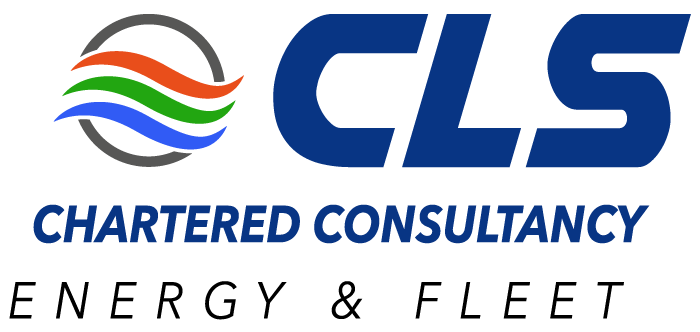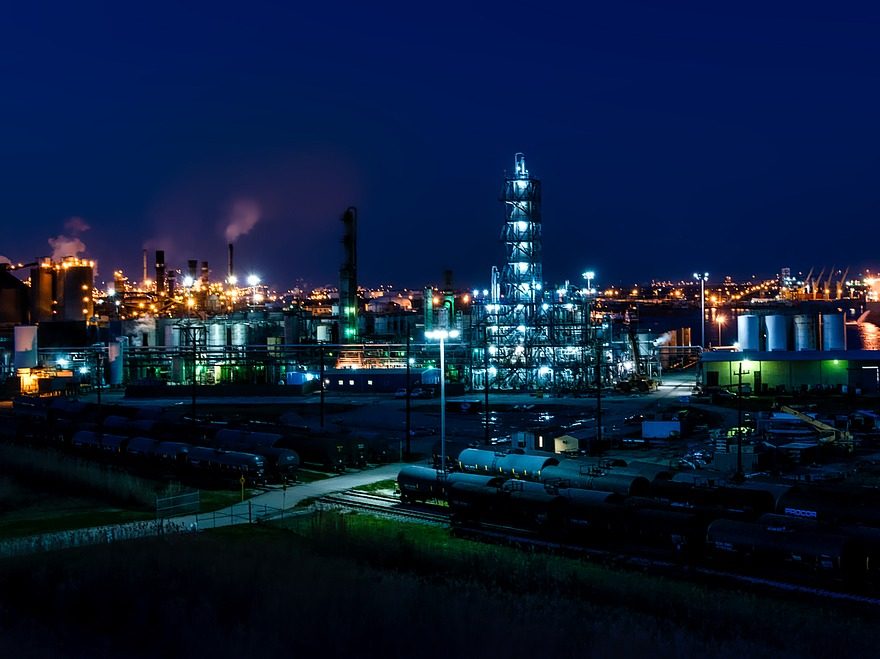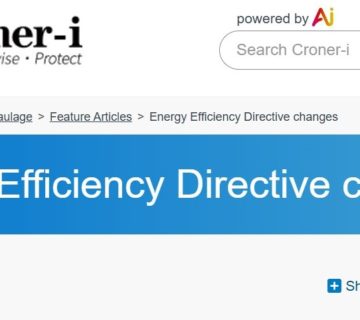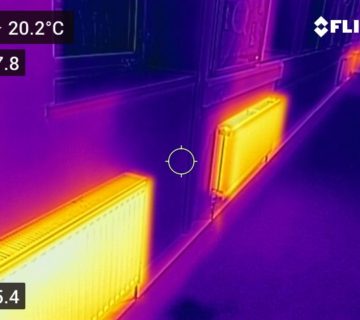Climate Change Agreement (CCA)
When a company pays its energy (gas and electricity) bills, it pays a tax to the government called the Climate Change Levy (CCL).
Until 2019 under the CRC Energy Efficiency Scheme (CRC), large, non-energy-intensive organisations used to buy allowances for the amount of carbon dioxide (CO2e) they were responsible for. Unfortunately, the CRC became a complicated tax burden, bringing no advantage to companies that were reducing their emissions.
The CRC ended in March 2019. In order that the Treasury could recover its lost revenue, the Government increased the Climate Change Levy (CCL); transferring this form of revenue collection in a simpler form, through your energy bill.
From April 2019, the cost of the CCL increased by 45% for electricity and by 67% for gas.
This is NOT against your total energy costs, but the rate of the levy (which is a percentage of the total cost).
Henceforth, every kWh of energy you can save year on year, helps to reduce your tax burden, year on year!
Some of our larger (typically manufacturing) customers that are significant (energy intensive) users of energy, have been able to achieve significant discounts on their CCL, under specific Climate Change Agreements (CCAs).
“A Climate Change Agreement (CCA) is a voluntary agreement made by organisations in certain energy-intensive industry sectors. In return for committing to reducing their energy consumption (which saves them money), they can claim a discounted rate on their Climate Change Levy (CCL) which is applied to their energy bills”.
As of April 2019, the discount available for electricity increased from 90% to 93%. The discount for gas increased from 65% to 78%.
All of this links to SECR which also became law from 1 April 2019. This requires companies to publicise their energy and CO2e emissions alongside their annual accounts.
How to access a CCA
To apply, >70% of the site’s energy must be consumed within the energy-intensive installation. This must be formally calculated and documented using sub-meters or engineering calculations. We would typically assess your operation and run temporary clamp metering to avoid the roll out of expensive and unnecessary sub meters on all equipment. that way we can focus on only those items of plant that prove to be significant.
Your organisation must be undertaking an eligible ‘energy intensive’ process (full list is set out below):
Eligible Processes:
| A | Aerospace | Agricultural Supply | Aluminium | |||
| B | Bakers | Brewing | ||||
| C | Calcium Carbonate | Cement | Ceramics | Chemicals | Cold storage | Compressed Gases |
| D | Dairy | Data Centres | ||||
| E | Egg Processing | |||||
| F | Food & Drink | Foundries | ||||
| G | Geosynthetics | Glass | Gypsum | |||
| H | Heat Treatment of Metals | Horticulture | ||||
| K | Kaolin % Ball Clay | |||||
| L | Laundries | Leather | Lime | |||
| M | Malting | Meat | Metal Forming | Metal Packaging | Mineral Wool | Motor Manufacturing |
| N | Nonferrous Metals | |||||
| P | Packaging & Indus’l Films | Paper | Pigs | Plastics | Poultry | Printing |
| R | Rendering | |||||
| S | Semiconductors | Slag Grinding | Spirits | Steel | Supermarkets | Surface Engineering |
| T | Textiles | Timber | Tyres | |||
| W | Wall Coverings | Wood Panels |
When do I need to act?
The Environment Agency have confirmed new applications for Climate Change Agreements accepted in 2021. Changes to the rates of relief companies with a CCA can receive on their Climate Change Levy Rates also means that some businesses could see added benefit from obtaining a CCA.
The deadline for applications is September 2021 so it’s important to start the process now.
What Next?
Every participant must ensure that their CCA evidence pack and scheme obligations are properly managed and would pass a Government audit.
CLS Energy can assist companies with establishing what their significant energy consuming equipment is and can also assess your site for further energy conservation and savings opportunities. We can also help you to obtain and manage your CCA.
Contact us to find out more.



